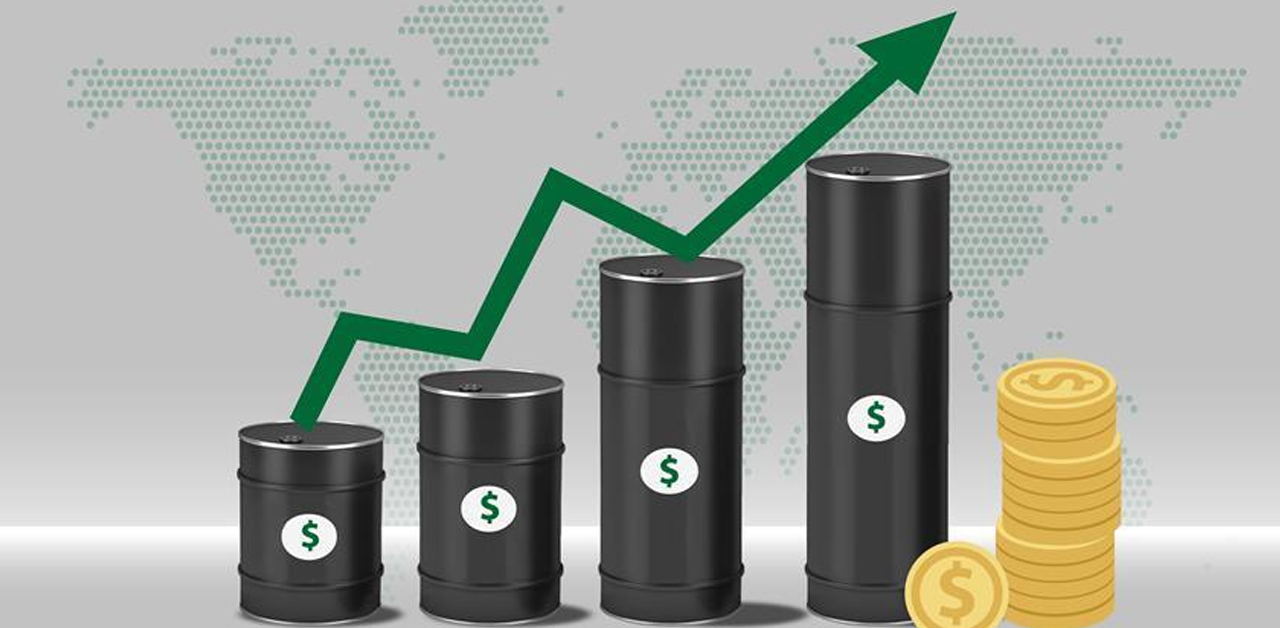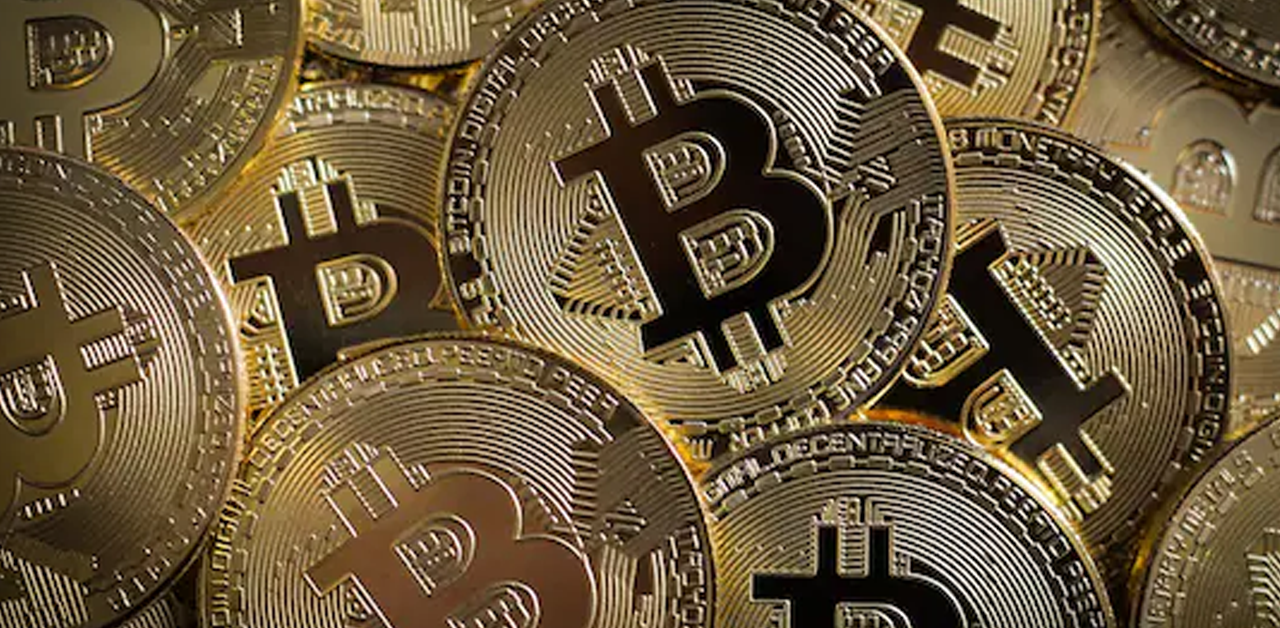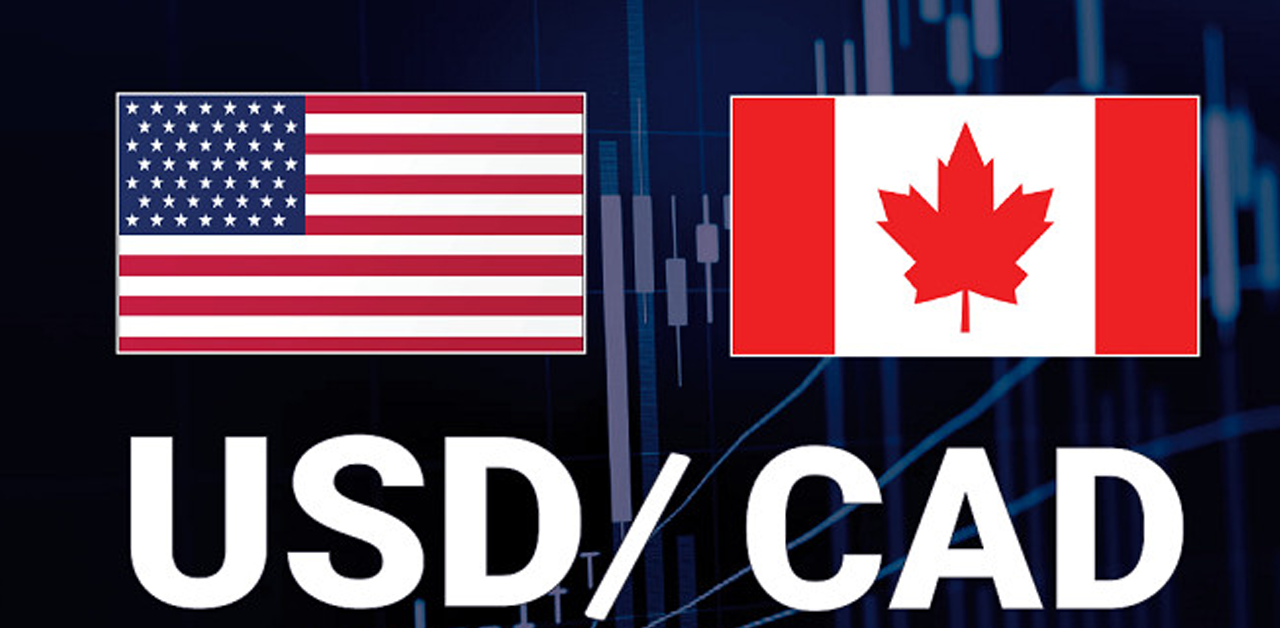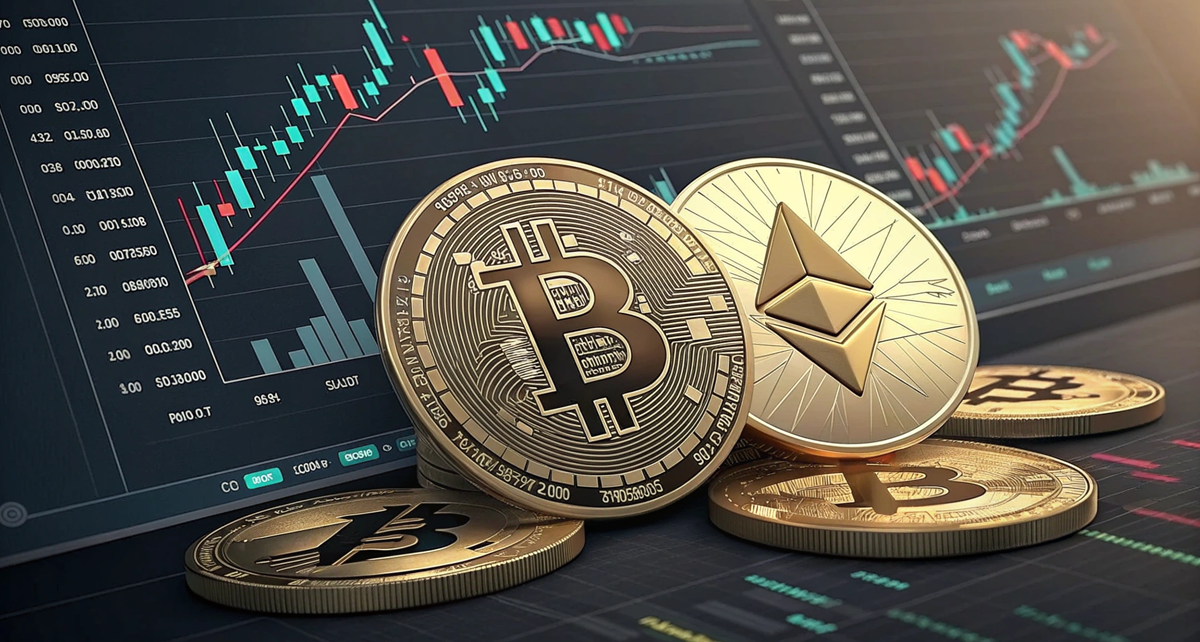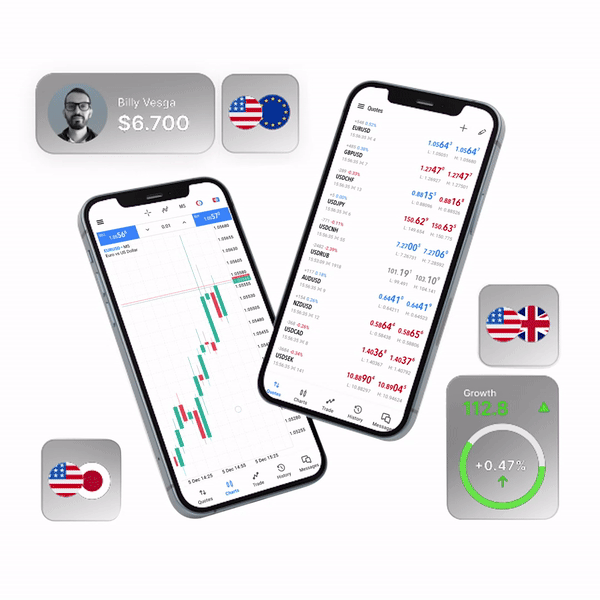Thursday saw oil costs climb roughly 1%, sparked by a statement from U.S. President Donald Trump. According to him, Modi, the leader of India, promised to stop buying Russian oil, which could tighten global supplies and raise prices.
Because of this news, Oil prices nudged higher—Brent crude futures reached $62.45 a barrel, a gain of 0.87%, alongside a close-to-1% lift for U.S. WTI (West Texas Intermediate) futures at $58.84. Earlier dips, triggered by sluggish demand coupled with increased worldwide production, gave way to this upturn.
According to Mr. Donald Trump, India, a significant purchaser of Russian oil—roughly a third of their supply—will halt these imports shortly, and he also added that he intends to convince China to follow suit. According to him, this will lead to less money going to Moscow while also promoting an end to the war in Ukraine.
Indian refiners seem poised to scale back on Russian oil, according to reports. Simultaneously, America requested Japan curtail its purchases of Russian energy. Not to be outdone, Britain unveiled fresh penalties aimed at Russian oil firms—notably Rosneft and then Lukoil—alongside associated tankers and refineries involved in moving Russian crude.
Removing India from the list of purchasers of Russian oil might give oil prices a boost temporarily, according to experts who watch these things; fewer buyers generally means less availability worldwide.
Oil traders in the market eye the EIA’s inventory numbers coming out soon.
Initial figures hint at increasing crude and gasoline reserves, yet dwindling diesel—a bit of a confusing picture regarding how much oil we’re using.
The world’s oil needs, trade restrictions, and geopolitical concerns will probably keep prices fluctuating. Due to these factors, the oil markets are experiencing a rough ride. Which adds to tension in the minds of folks in oil trading.

